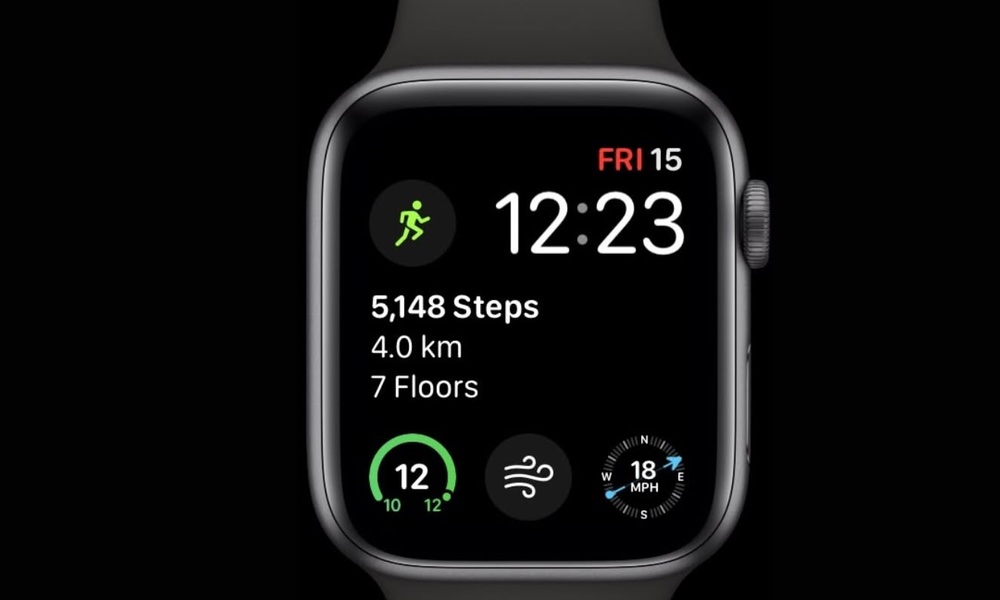Autism is a neurodevelopmental disorder that begins in early childhood, usually before age three, posing life-long challenges. Autism is included under the umbrella term of Autism Spectrum Disorder (ASD), which also includes pervasive developmental delay and Asperger's syndrome.
Children with ASD often have difficulties with social skills and interactions and with both verbal and non-verbal communication. They may have often have unusually restricted interests and repetitive behaviors.
There is no single test for autism; it is usually diagnosed by a team of professionals that may include developmental pediatricians, neuropsychologists, neurologists, speech therapists and others.People with autism are often overwhelmed with sensory input, with little ability to suppress or filter out unnecessary information.
The cause of autism is likely the result of a variety of factors. Genetic predisposition, environmental exposures to things like pesticides, a father's age, and medications taken during pregnancy have all been associated with a greater risk of autism.
A recent discovery regarding the neural mechanisms behind autism has caused excitement among autism researchers.
The idea that autistic behaviors are a reflection of an imbalance between excitatory and inhibitory impulses in the brain was the basis for the study. Investigators showed that the activity of a specific neurotransmitter, gamma aminobutyric acid — GABA is clearly connected to some of the problems people with ASD face. GABA's primary responsibility is to dampen or inhibit neural activity in the brain. Levels of GABA are different in the brains of autistic as opposed to non-autistic individuals, the MIT researchers found.
Twenty people with autism and 20 without were asked to complete a specific binocular rivalry visual test in which two conflicting images are presented simultaneously, one to each eye. To make out one image or the other, the brain must inhibit neural signals to push one out of visual awareness.
While the subjects were performing this task, the GABA concentrations in their brains were measured using magnetic resonance spectroscopy. The amount of GABA measured during this task was lower than that of their non-autistic counterparts.
People with autism are often overwhelmed with sensory input, with little ability to suppress or filter out unnecessary information. The team believes that the lower GABA activity prevents autistic subjects from inhibiting inputs like the conflicting images. They note that since GABA levels and activity are lower in autistics and this specific neurochemical is involved in suppressing excess stimuli, GABA may be behind the sensory overload experienced by autistics.
Taken one step further, treatments that address keeping GABA levels higher in people with ASD may offer hope toward controlling some of the troubling symptoms of autism.
The authors do not claim to have found the actual cause or cure for autism, but they feel their results are consistent with other research and observations about autistic individuals and their brain functions, but they believe that the GABA connection is well worth more study. They hope that their research may provide one piece to a very complex puzzle.





